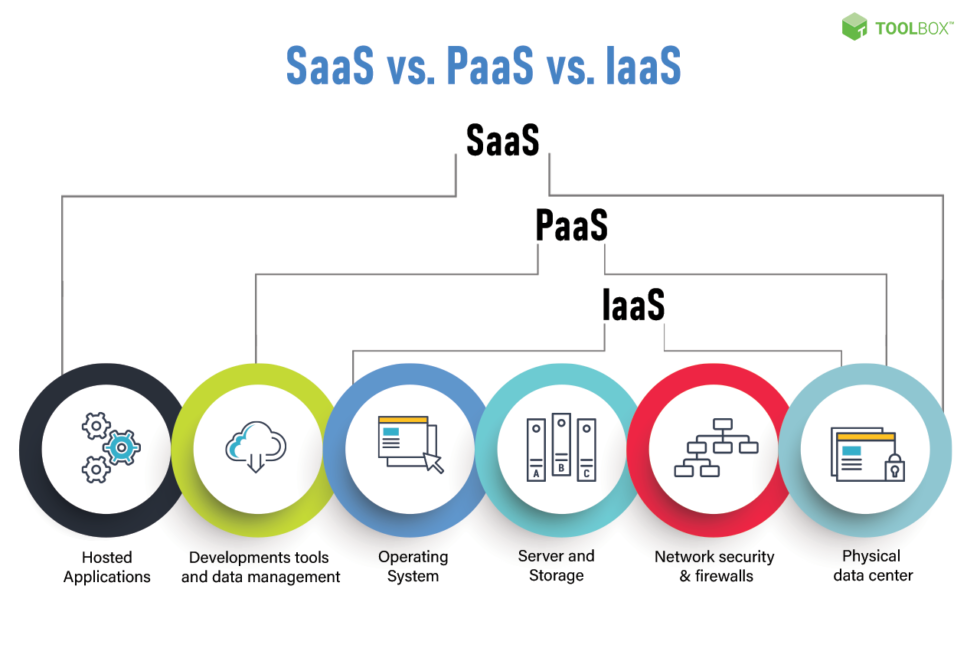Introduction:
In today's digital age, cloud computing has become a crucial part of our technological landscape. Whether you realize it or not, you're likely using cloud computing services in various aspects of your daily life, from accessing files on your smartphone to streaming music and videos online. But what exactly is cloud computing? In this blog post, we'll delve into the world of cloud computing, exploring its definition, key components, benefits, and potential challenges. Let's get started!
What is Cloud Computing?

Cloud computing refers to the delivery of computing services over the internet. Instead of relying on local servers or personal devices for storage and processing power, cloud computing allows users to access and use resources, such as applications, data storage, and processing capabilities, provided by remote servers. These servers are typically managed by third-party service providers, who maintain the infrastructure and ensure the availability and security of the cloud services.
Key Components of Cloud Computing:

- Infrastructure as a Service (IaaS): IaaS provides virtualized computing resources over the internet, including virtual machines, storage, and networks. Users have control over the operating systems and applications running on the infrastructure.
- Platform as a Service (PaaS): PaaS offers a platform and development environment for users to build, deploy, and manage their applications without worrying about the underlying infrastructure. It provides tools, libraries, and frameworks to facilitate application development and deployment.
- Software as a Service (SaaS): SaaS delivers fully functional applications over the internet. Users can access these applications through a web browser or an API without the need for local installation or management. Popular examples of SaaS include email services, customer relationship management (CRM) software, and productivity tools.
Benefits of Cloud Computing:
- Scalability and Flexibility: Cloud computing allows businesses and individuals to scale their resources up or down based on demand. Whether it's increasing storage capacity or adding computing power, cloud services provide the flexibility to adapt to changing needs.
- Cost Efficiency: Cloud computing eliminates the need for upfront investments in hardware and infrastructure. Instead, users pay for the resources they consume on a pay-as-you-go basis, reducing capital expenditures. Additionally, cloud services often provide economies of scale, allowing organizations to benefit from shared infrastructure costs.
- Accessibility and Collaboration: Cloud computing enables easy access to data and applications from anywhere with an internet connection. This accessibility promotes collaboration among teams, allowing members to work together seamlessly on shared projects, regardless of their physical location.
Challenges and Considerations:
- Security and Privacy: Storing data and running applications on remote servers raise concerns about data security and privacy. Organizations must carefully select reputable cloud service providers and implement robust security measures to protect sensitive information.
- Dependence on Internet Connectivity: Cloud computing heavily relies on internet connectivity. If the internet connection is unstable or disrupted, it can hinder access to cloud services and impact productivity.
- Vendor Lock-in: Moving to the cloud requires selecting a specific cloud service provider, and transitioning between providers can be challenging and costly. Organizations should consider the long-term implications and potential difficulties of vendor lock-in.
Conclusion:
Cloud computing has revolutionized the way we store, process, and access data and applications. Its scalability, cost efficiency, and accessibility have made it an integral part of businesses and individuals alike. By understanding the key components and benefits of cloud computing, as well as considering the associated challenges, you can make informed decisions about leveraging cloud services to drive innovation and efficiency in your digital endeavors. Embracing the cloud opens up a world of possibilities for the future of computing.

